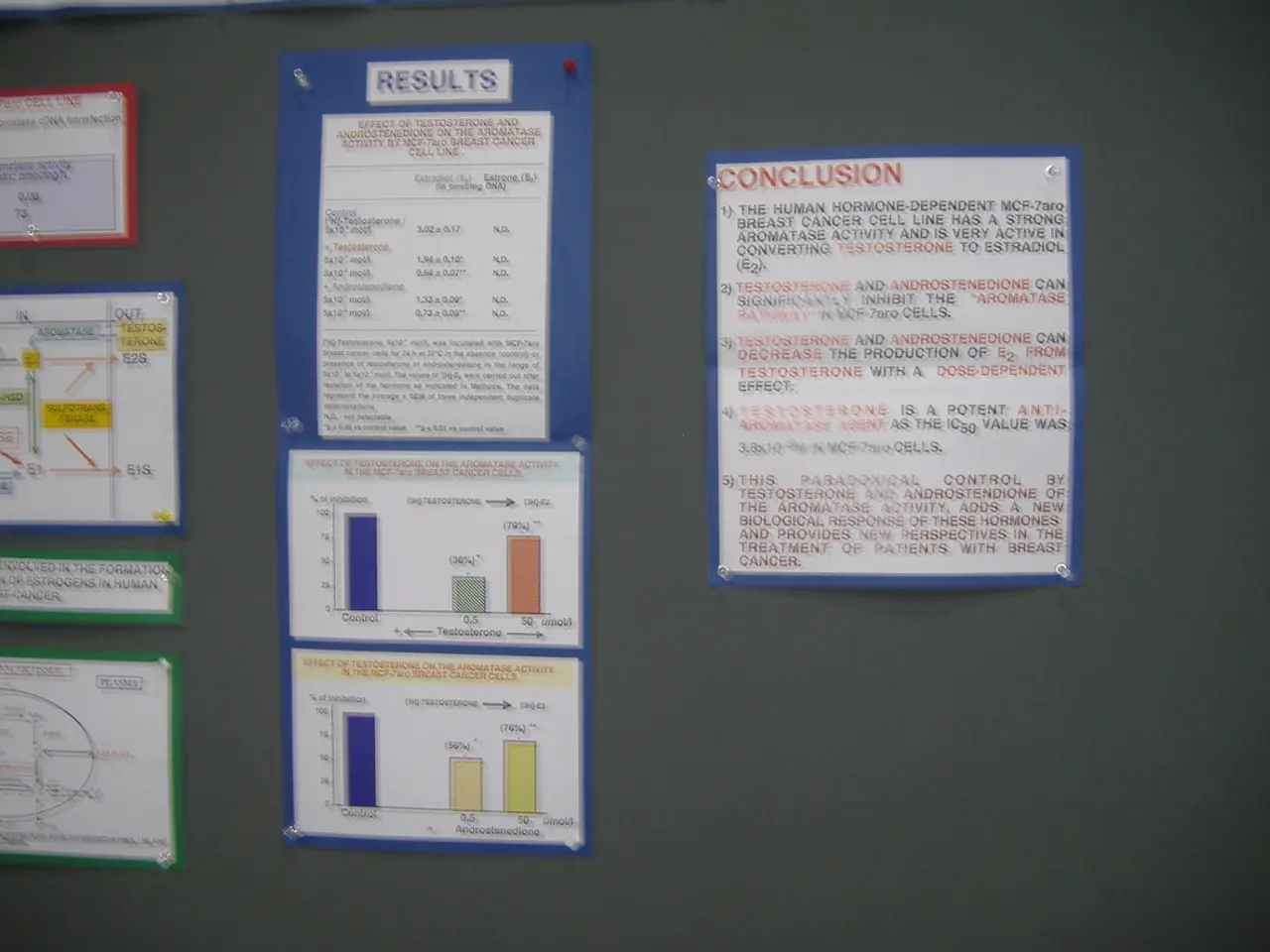Financial Considerations for Parental Leave: A Guide for New Parents Understanding Their Earnings and Budgeting Strategies
Caring for a New Arrival: Navigating Finances During Parental Leave
Welcome to the joyous yet challenging world of parenthood! With a little one on the way, you'll find yourself embracing a rollercoaster of emotions, but don't forget about the financial adventures ahead. In this guide, we'll discuss the expenses involved in raising a child, the impact on your income, and the financial assistance programs available to you during your parental leave—namely, parental allowance and its variations.
Expenses and Financial Preparation
Your bundle of joy may come with a hefty price tag—in 2018, parents were spending an average of 763 euros monthly on their child. From necessary baby gear like a crib, clothing, and a stroller to ongoing costs like diapers, food, and new clothing, these expenses can add up fast. While working, these costs might be manageable; however, during parental leave, you'll want to be financially prepared.
Income Before and After Birth
As your due date nears, mothers-to-be typically start their maternity leave, granting them certain rights, such as protection against dismissal. The maternity leave period lasts six weeks before and eight weeks after the birth. During this time, mothers should not work, ensuring their health and well-being. To provide financial security during maternity leave, legally insured women are entitled to maternity pay, with a portion covered by statutory health insurance and the remaining covered by the employer. No financial losses occur during this time.
However, after the end of maternity leave or birth, matters become more complex when parents decide to take parental leave. The parental allowance system has various models, each with different implications for the parents' finances.
Basic Parental Allowance
The Basic Parental Allowance is designed for parents or parent-partners who wish to care for their child primarily while not being fully employed. Parents share a total of 14 months, with one parent able to take between 2 and 12 months, depending on their preference. Single parents can take the full 14 months. The Basic Parental Allowance usually amounts to 65% of the parent's net income before birth, capped at 2,770 euros per month, providing a monthly allowance of 1,800 euros. Parents with lower net incomes or those who weren't employed before birth are also eligible for Basic Parental Allowance, with a minimum rate of 300 euros per month.
ElterngeldPlus
ElterngeldPlus allows parents to extend their parental leave and receive parental allowance for a more extended period at a reduced rate. Essentially, one month of Basic Parental Allowance equals two months of ElterngeldPlus. Parents can choose to extend their parental leave at their discretion, but they will receive less money per month—between 150 and 900 euros.
Partnership Bonus
In addition, parents can boost their finances with the Partnership Bonus if both parents work part-time (24–32 hours per week) simultaneously. This arrangement allows them to receive additional ElterngeldPlus payments for up to four months. There's also a sibling bonus: if there are already sibling children, parents will receive a 10% supplement to the parental allowance or, for Basic Parental Allowance and ElterngeldPlus, 75 euros or 37.50 euros, respectively.
Other Considerations
The total amount of parental allowance hinges on the parent's previous net income. In addition to the allowance, consider these factors affecting your finances during and after parental leave:
- Monetary benefits granted by the employer, such as a company car during parental leave, can reduce the amount of parental allowance.
- The tax class plays a role in the parental allowance amount, as your net income changes according to the tax class. For example, married couples may benefit from switching tax classes before their child is born to potentially receive a higher net income and correspondingly larger parental allowance payments.
Preparing for a Financially Secure Parental Leave
To ensure a smooth and stress-free transition into parenthood, anticipate your financial situation before and during parental leave. By carefully considering the available financial support, such as Basic Parental Allowance, ElterngeldPlus, and the Partnership Bonus, you can create a financial plan tailored to your needs and preferences. The Federal Ministry for Family, Senior Citizens, Women, and Youth provides a helpful parental allowance calculator on their family portal, allowing you to play out different scenarios and better plan for your family's future. With proper planning, your parental leave and your baby's early months will be a time for creation and cherished memories, rather than a financial burden.
- Considering the financial implications on a family's lifestyle during parental leave, it's essential to know that extending the parental leave with ElterngeldPlus will result in a reduced allowance, typically between 150 and 900 euros per month.
- In addition to the Basic Parental Allowance, the Partnership Bonus offers an opportunity for couples where both parties work part-time (24–32 hours per week) to receive additional ElterngeldPlus payments for up to four months.
- While discussing financial assistance programs, it is crucial to note that other factors can impact your family's finances during and after parental leave, such as monetary benefits from your employer, family-dynamics, and personal-finance, particularly the tax class, as your net income changes according to the tax class.




